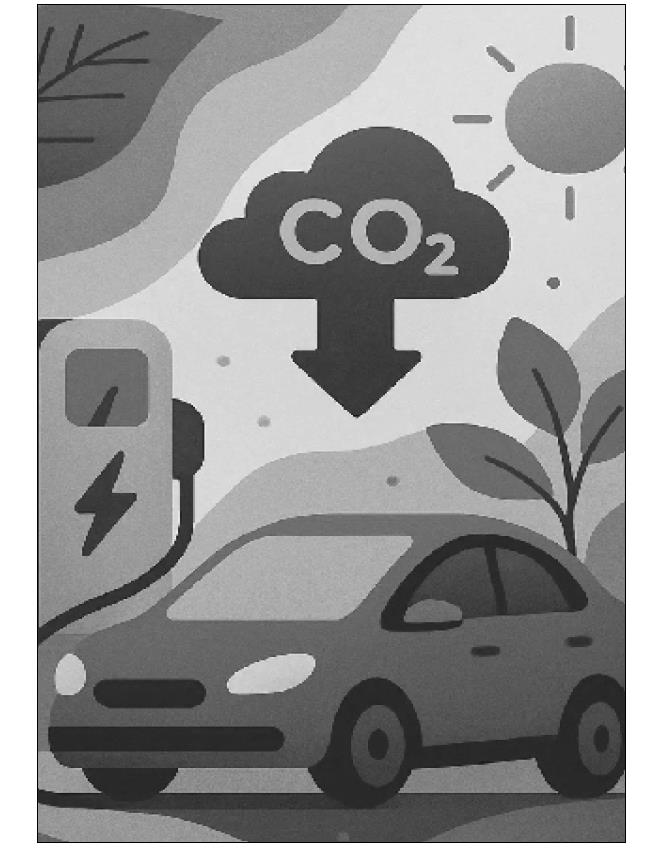NEV policy needs a few relevant tweaks
2025-09-25
A COUPLE of months ago, the government announced a New Energy Vehicle (NEV) policy, which targets an NEV sales share of30 percent oftotalvehicles sold by 2030, thus enabling the reduction of greenhouse gas (GHG) emissions to the tune of 4.5 million tonnes of carbon dioxide equivalent (CO2e) and improvement in urban air quality. This, in turn, would allow the use of excess electricity gener ation capacity in the system, thereby lowering the country`s burgeoning oil import bill.
While a target of 30pc NEV sales in the next five years looks overambitious, it is certainly achievable, provided the policy interventions are conscientiously handled without losing the focus on the policy`s key aims.
A quick scan of the policy suggests that the key objective is reduction of GHG emissions, which in this case primarily means CO2. Another crucial target is the improvement in urban air quality, or reduction in tailpipe emissions by the urban transport sector. The remaining two objectives of the policy are the natural outcomes of the first two.
Another positive aspect of the NEV policy is its comprehensive scope as it covers nearly all modes of transport, with a particular emphasis on two-wheelers and three-wheelers.
However, conspicuous by its absence is any mention of Hybrid Electric Vehicles (HEVs) and the conditional inclusion of Plug-in HEVs (PHEVs) if they achieve a minimum of 50km on a single charge.
These two elements have led to the spread of suspicions about the actual objective of the policy, which is likely to hamperits smooth implementation and overall success.
Why miss this opportunity when we know that production and sales volumes of HEVs and PHEVs are growing globally, and that they are considered anintegral part of overall efforts to reduce carbon emissions? Nearly 90pc of sales of new vehicle in Pakistan comprise two/three wheelers (2/3-Ws). It makes sense to divert our focus and resources towards this segment to achieve the intended sales objectives.
Electric 2/3-Ws stand out as the most affordable and accessible entry point into ele ctric mobility.
Unlike cars, most models do not rely on expensive charginginfrastructure as smaller batteries allow users to charge at home or workplace using standard sockets. This will not only help lower initial investment in charging infrastructure, but also work towards obtaining the third objective of surplus grid supply utilisation.
The second key objective, reduction in GHG emissions, would be mostly taken care of with the achievement of the first objective. The remaining gap can be achieved, even surpassed, by promoting and creating demand for HEVs and PHEVs, as these are relatively less pricey, nearly halve the CO2 emissions in urban usage, and do not require elaborate charging infrastructure.In the second phase, four-wheeler Battery Electric Vehicles (BEVs) may be included.
With a very low ratio between tax and gross domestic product (GDP), we need to ensure that each penny of taxpayer`s money brings in sound returns money spent should be proportional to the amount of GHG emissions mitigated. It is simple.
M.L. Siddiqi Karachi




